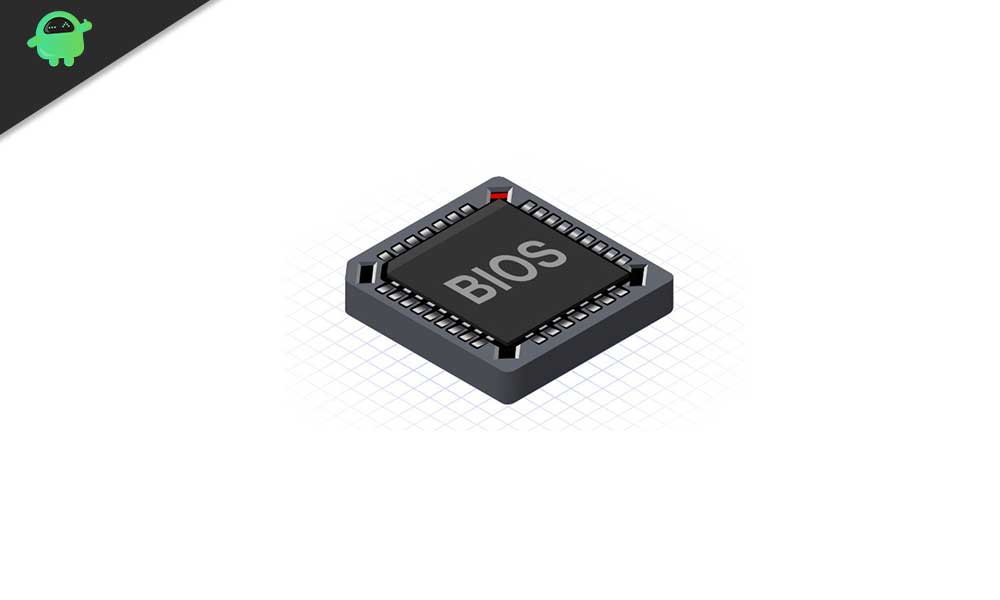Many users try to change the boot device order or reset the system. But to do so, you need to learn about BIOS (Basic Input Output System). It is a software that stores configuration information for the startup sequence. It checks the health of your computer’s hardware and after only that it allows Windows to start.
Every time you turn on your computer, the computer’s BIOS runs a power-on self-test (POST), it will check your devices are well connected and working perfectly. If it finds everything is alright, your computer will start normally. BIOS also controls the communication between the disk drive, display, and keyboard. So, you can also change the password or manage hardware using BIOS settings.
If you are wondering how to open BIOS and make the changes that you want, then you have come to the right place. We are going to show you a quick tutorial by using which you’ll be able to open BIOS settings in your Windows 7 PC.
Also Read: Fix: After Final Windows 7 Update, Wallpaper Disappeared or Black

Page Contents
Steps to Open BIOS Settings:
In this guide, you will learn how to boot BIOS Settings in Windows 7.
Step 1: Reboot your PC
Before we move to the steps, you should know that making changes to your BIOS settings can be problematic. So, follow the steps carefully and proceed at your own risk. Save all your works, shut down other programs, and then start the procedure by rebooting your PC.
Step 2: Setup Key
After the manufacturer’s logo appears, press the setup key indicated on the screen to open BIOS. You have to press the key repeatedly. Otherwise, Windows will reload.
Generally, F1, F2, F3, Esc, or Delete keys are using to open BIOS.
The setup keys vary by the manufacturer and the model. We have given examples of different setup keys. Have a look.
- Acer: F2 or DEL
- ASUS: F2 or Del
- Dell: F2 or F12
- HP: ESC or F10
- Lenovo: F2 or Fn + F2
- Lenovo Desktops: F1
- Lenovo ThinkPads: Enter + F1.
- MSI: DEL for motherboards and PCs
- Microsoft Surface Tablets: Press and hold the volume-up button.
- Origin PC: F2
- Samsung: F2
- Sony: F1, F2, or F3
- Toshiba: F2
In case the Window loads before you hit the key, you have to start from the beginning, which means rebooting your PC again.
Step 3: CMOS setup program
After you hit the right key, BIOS will open. Normally, a blue background will open, which is known as the CMOS setup program. Here, all the settings get saved as a memory known as the CMOS.
Step 4: Inside the CMOS setup program
Here, you cannot control your mouse. So, you have to depend on the keyboard to explore the menu. You can use the arrow keys to highlight an option and press Enter to select the highlighted option.
Step 5: Change the settings
Some systems allow the use of “page up” and “page down” keys to change a setting. But other systems allow the use of either “–” and “+” or to press enter and select from a list.
Step 6: Previous Menu key
If you want to return to the previous menu, you can use the ESC key. But you should always look for the instructions on the screen first as the instruction keys vary from system to system.
Step 7: Last step
After you make changes to the settings, press F10 to save the settings. In some cases, a notification prompt will appear to ask you if you want to “Save configuration changes and exit setup.” Press OK to save the settings. After you save the settings, reboot your computer and you are finished with the BIOS.
We hope by the end of this article, you have figured out what you should do and what shouldn’t do. Only proceed with this procedure if you are aware of the consequences.
This method is only applicable for Windows 7 and its previous OS versions. To open BIOS for Windows 8.1 and Windows 10, you have to follow a different way. We hope you were able to find everything you were looking for. If you have any queries or feedback, please write down the comment in the below comment box.
